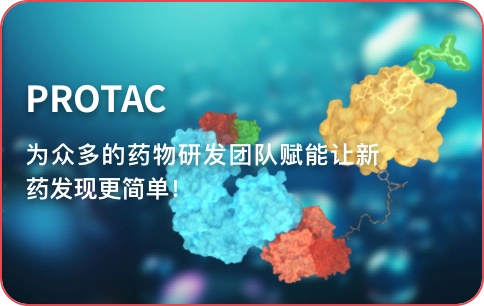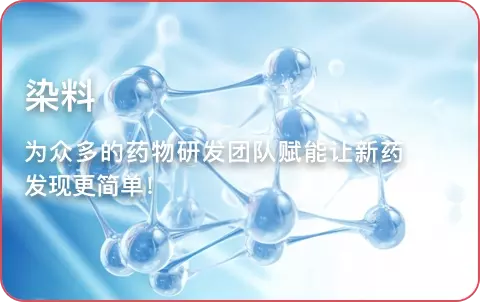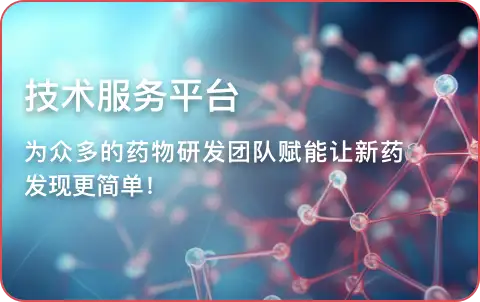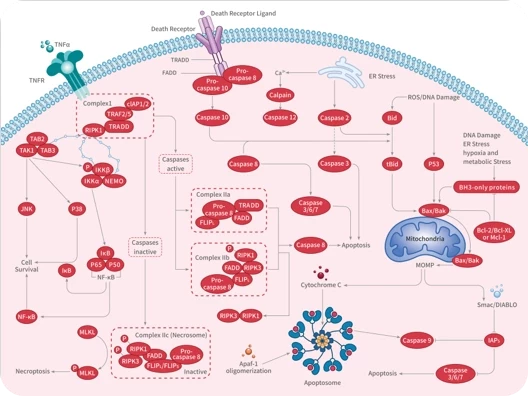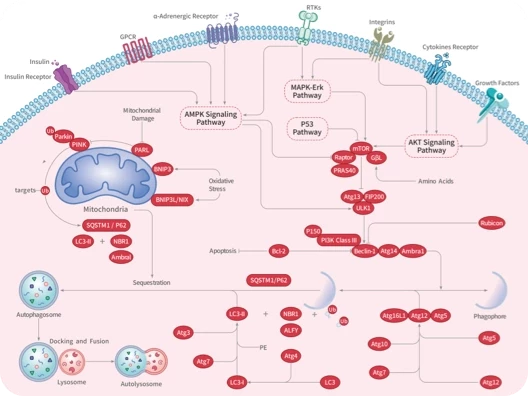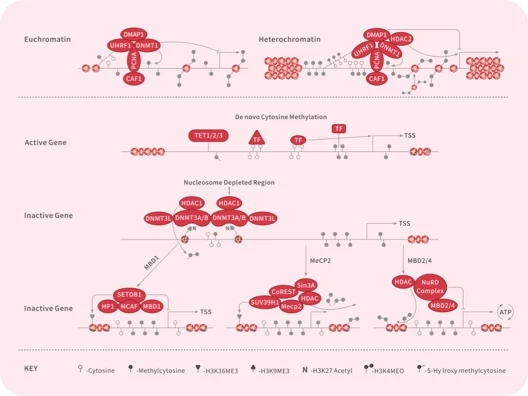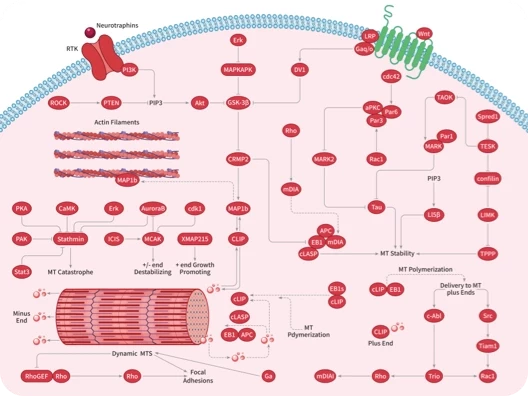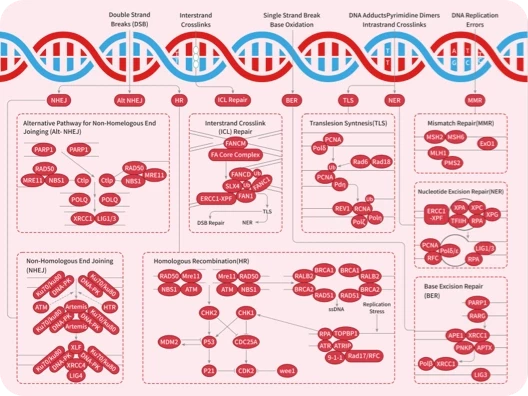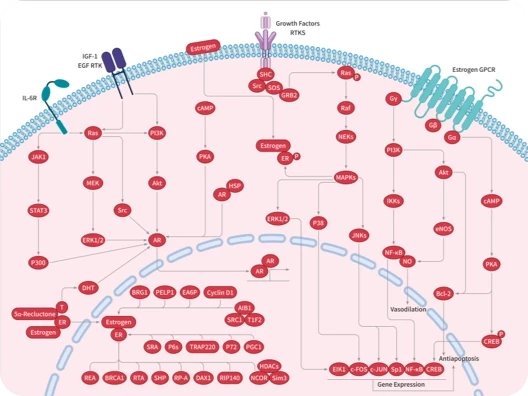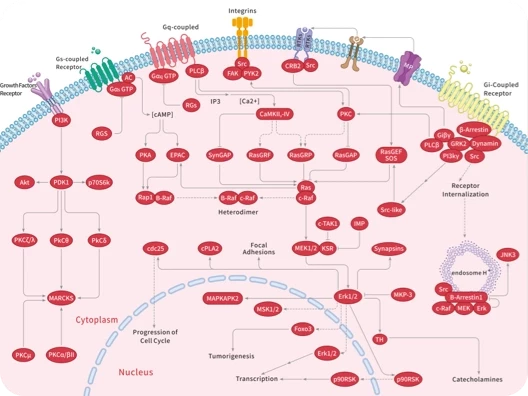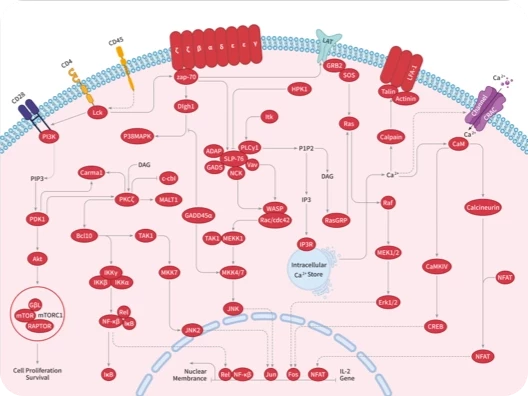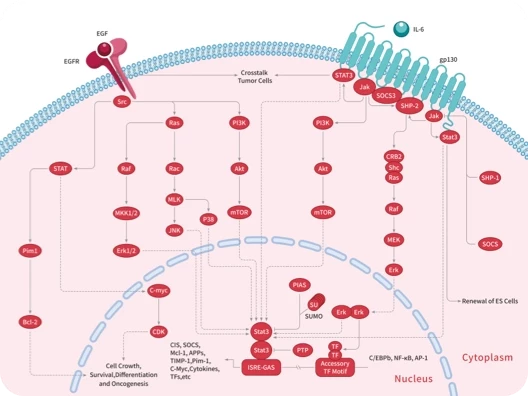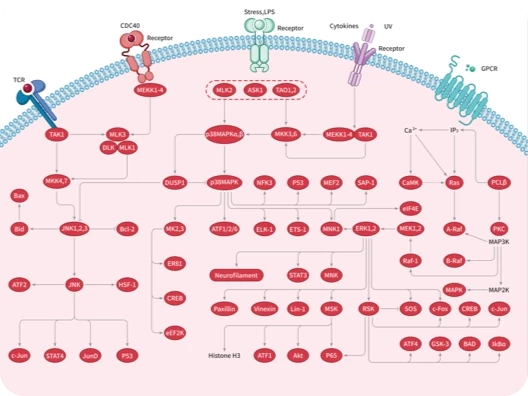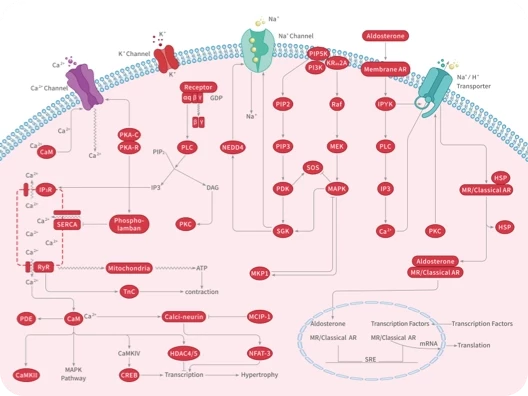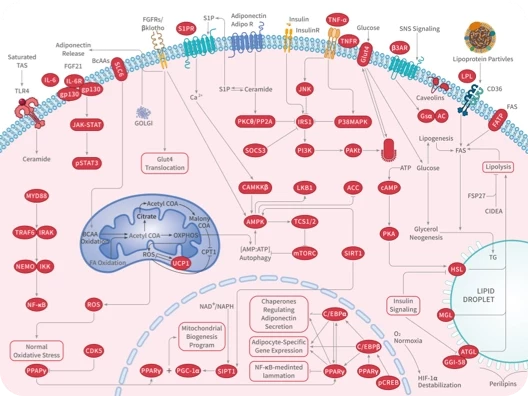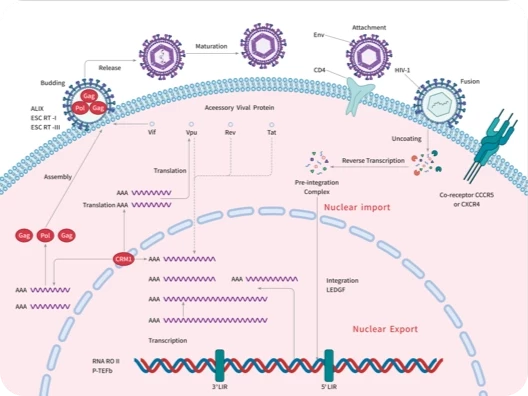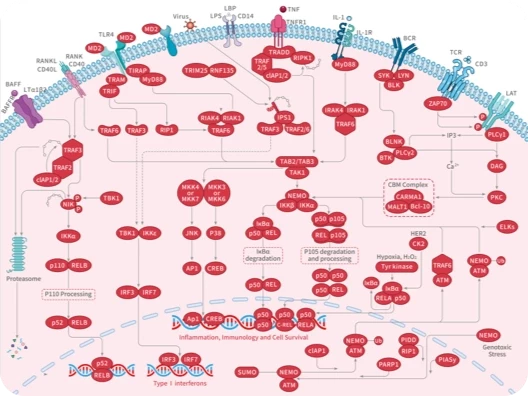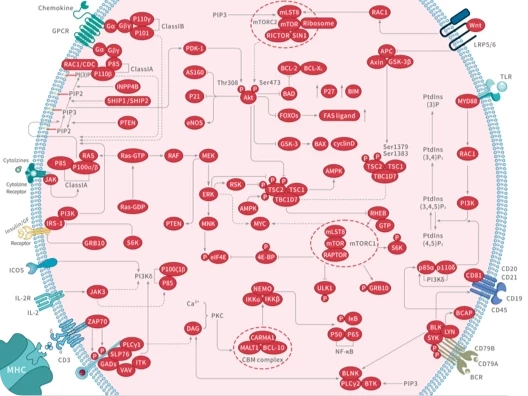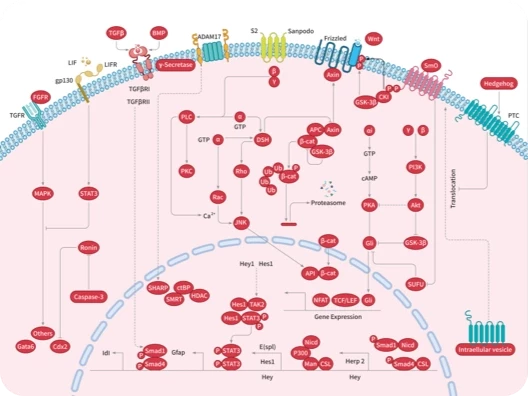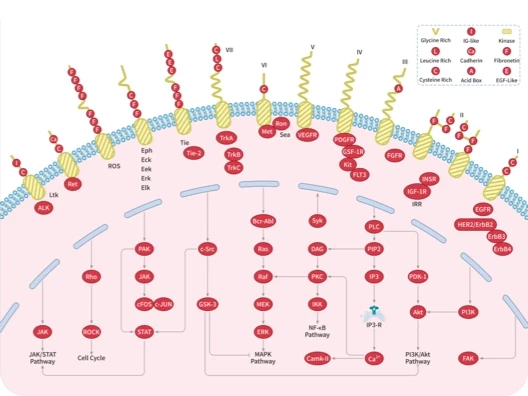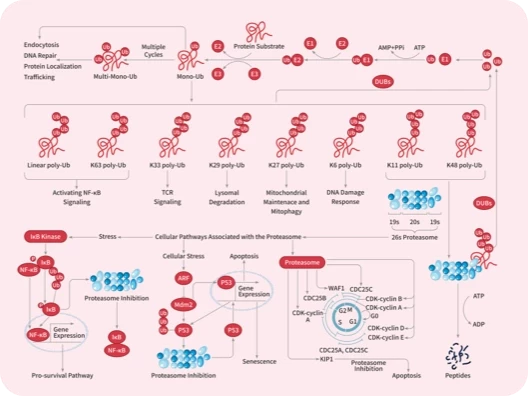- 全部删除
 您的购物车当前为空
您的购物车当前为空
购物车
Ephrin A5/EFNA5 Protein, Canine, Recombinant (hFc)
产品编号 TMPY-03679
Ephrin A5/EFNA5 Protein, Canine, Recombinant (hFc) is expressed in HEK293 mammalian cells with hFc tag. The predicted molecular weight is 61.76 kDa and the accession number is A0A8C0SCQ5.
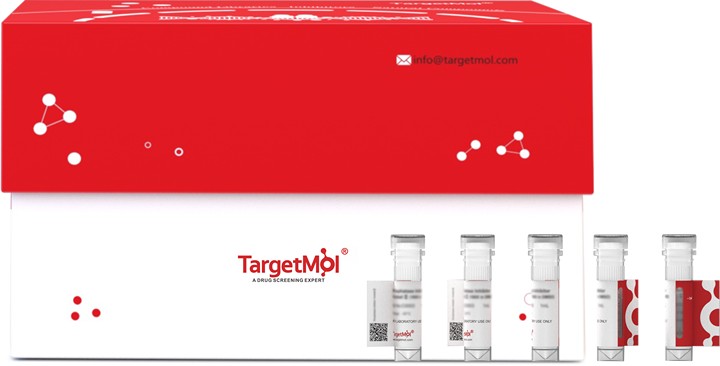
Ephrin A5/EFNA5 Protein, Canine, Recombinant (hFc)
产品编号 TMPY-03679
Ephrin A5/EFNA5 Protein, Canine, Recombinant (hFc) is expressed in HEK293 mammalian cells with hFc tag. The predicted molecular weight is 61.76 kDa and the accession number is A0A8C0SCQ5.
| 规格 | 价格 | 库存 | 数量 |
|---|---|---|---|
| 100 μg | ¥ 2,940 | 5日内发货 |
大包装 & 定制
加入购物车
TargetMol 的所有产品仅用作科学研究或药证申报,不能被用于人体,我们不向个人提供产品和服务。请您遵守承诺用途,不得违反法律法规规定用于任何其他用途。
资源下载
产品信息
| 生物活性 | Immobilized human EPHA3-His at 10 μg/ml (100 μl/well) can bind canine EFNA5-Fc, The EC50 of canine EFNA5-Fc is 11.5-26.7 ng/ml. |
| 产品描述 | Ephrin A5/EFNA5 Protein, Canine, Recombinant (hFc) is expressed in HEK293 mammalian cells with hFc tag. The predicted molecular weight is 61.76 kDa and the accession number is A0A8C0SCQ5. |
| 种属 | Canine |
| 表达系统 | HEK293 Cells |
| 标签 | C-hFc |
| 蛋白编号 | A0A8C0SCQ5 |
| 别名 | ephrin-A5 |
| 蛋白构建 | A DNA sequence encoding the canine EFNA5 (XP_850582.2) (Met1-Asn203) was expressed with the Fc region of human IgG1 at the C-terminus. Predicted N terminal: Gln 21 |
| 蛋白纯度 | > 95 % as determined by SDS-PAGE |
| 分子量 | 61.76 kDa (predicted); 55-60 kDa (reducing conditions) |
| 内毒素 | < 1.0 EU/μg of the protein as determined by the LAL method. |
| 缓冲液 | Lyophilized from a solution filtered through a 0.22 μm filter, containing PBS, pH 7.4. Typically, a mixture containing 5% to 8% trehalose, mannitol, and 0.01% Tween 80 is incorporated as a protective agent before lyophilization. |
| 复溶方法 | A Certificate of Analysis (CoA) containing reconstitution instructions is included with the products. Please refer to the CoA for detailed information. |
| 存储 | It is recommended to store recombinant proteins at -20°C to -80°C for future use. Lyophilized powders can be stably stored for over 12 months, while liquid products can be stored for 6-12 months at -80°C. For reconstituted protein solutions, the solution can be stored at -20°C to -80°C for at least 3 months. Please avoid multiple freeze-thaw cycles and store products in aliquots. |
| 运输方式 | In general, Lyophilized powders are shipping with blue ice. |
| 研究背景 | Ephrin-A5 also known as EFNA5, is a member of the Ephrin family. The Eph family receptor interacting proteins (ephrins) are a family of proteins that serve as the ligands of the Eph receptor, which compose the largest known subfamily of receptor protein-tyrosine kinases (RTKs). Ephrin subclasses are further distinguished by their mode of attachment to the plasma membrane: ephrin-A ligands bind EphA receptors and are anchored to the plasma membrane via a glycosylphosphatidylinositol (GPI) linkage, whereas ephrin-B ligands bind EphB receptors and are anchored via a transmembrane domain. Ephrin-A5/EFNA5 may function actively to stimulate axon fasciculation. The interaction of EFNA5 with EPHA5 also mediates communication between pancreatic islet cells to regulate glucose-stimulated insulin secretion. Ephrin-A5/EFNA5 also serves as a cognate/functional ligand for EPHA7, their interaction regulates brain development modulating cell-cell adhesion and repulsion. |
计算器
SCI 文献
技术支持
请阅读 重组蛋白用户指南 了解更多具体信息.










